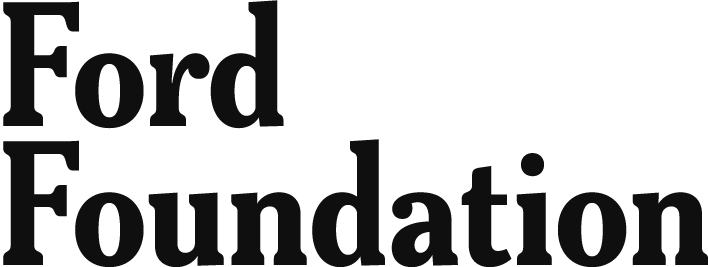The colorof wealthbaltimore
Our partners
The Color of Wealth in Baltimore project examined the intersection of race and incarceration on Black and White families and individuals in the city of Baltimore and the differences, across race, in net worth (or wealth accumulation), assets and debts.
A respondent who indicated that they themselves (or someone in their family) had experienced incarceration (or was currently incarcerated) counted as someone with exposure to incarceration.
The study found that regardless of incarceration, being Black placed individuals and families in a far more vulnerable wealth position than being White. Surprisingly, the exposure to incarceration was comparatively less severe for Black families, in relation to White households, because the penalty of being Black outweighed the penalty of incarceration.
Wealth matters for building an equitable and prosperous Baltimore. Many studies focus on income– the amount of money people make in a certain period of time– for instance, your paycheck. Wealth, however, represents the store of resources you own. It is wealth that determines your ability to weather emergencies, move to a nice neighborhood, and make investments that enable you to grow your wealth.
How unequal is wealth in Baltimore
Assets: A major driver of wealth inequality in Baltimore
Assets are key to understanding not only peoples’ current wealth, but their ability to hold onto and grow their resources. Someone who has a large store of liquid assets is better able to weather financial shocks and emergencies. People who own their homes and own stock are better able to grow their wealth. Significant racial disparities exist when considering total assets, liquid assets, stock ownership and homeownership.
White families with no experience of incarceration have higher rates of asset ownership and median asset values across the board. Notably, however, White families with incarceration experiences had higher total asset values, liquid assets values, and rates of liquid asset, stock and homeownership than Black families with no incarceration exposure.
Assets and financial well-being: Black - incarceration
- Select a race/ethnicity
Baltimore
Median
Total assets
$0K
Median
Liquid assets
$0K
Percent with
Liquid assets
57%
Percent who
Own stock
4%
Percent who
Own their homes
13%
Debts: A look at inequality
Debt can be an important barrier to a family’s ability to build wealth. For instance, higher education can lead to both higher earnings and burdensome student loan debt.
Debts: Black - incarceration
- Select a race/ethnicity
Baltimore
Percent with
Student loans
23%
Percent with
Medical debt
35%
Percent with
Legal debt
15%
Percent with
Unsecured debt
65%
Financial institutions and services
The findings in the study suggest a possible market gap for affordable conventional financial services for Black communities and families. The unfortunate irony is that those who are less likely to be banked may be living paycheck to paycheck and are also unable to save enough money in their accounts to meet the minimum banking requirements. Rather than using a bank for financial transactions, many use check cashing institutions, pawn shops and/or payday loans, which can charge higher rate transaction fees than conventional banks.
In Baltimore, White households, with exposure to incarceration, were banked at a higher percentage compared to Black households without exposure to incarceration.
Financial Services, Access and Quality: Black - incarceration
- Select a race/ethnicity
Baltimore
Percent with
Bank accounts
56%
Percent with
Payday lending usage
5%
About and credits
About the project
The Color of Wealth in Baltimore project examined the intersection of race and incarceration on Black and White families and individuals in the city of Baltimore and the differences, across race, in net worth (or wealth), assets and debts.
The study found that regardless of incarceration, being Black placed individuals and families in a far more vulnerable wealth position than being White. Surprisingly, the exposure to incarceration was comparatively less severe for Black families, in relation to White households, because the penalty of being Black outweighed the penalty of incarceration.
Methodology & data collection
The Color of Wealth in Baltimore data was collected in the city of Baltimore between 2016 and 2017. The survey was mostly done by random digit dialing of cell phones and a small portion of respondents were recruited via Facebook and Instagram. For this study, a total of 254 surveys were completed.
Credits & thanks
This project was made possible by the generous support of the Ford Foundation’s Building Economic Security Over a Lifetime (BESOL) initiative and the Annie E. Casey Foundation. We would like to thank the Samuel Dubois Cook Center on Social Equity at Duke University. RTI International led the survey data collection. Graphicacy worked with the Institute team to visualize the data from the Color of Wealth in Baltimore study.




